Advancements in Telecommunications
The RF Chip Inductor Market is significantly influenced by advancements in telecommunications technology. The ongoing rollout of 5G networks necessitates the deployment of high-frequency components, including RF chip inductors, to ensure optimal performance. As telecommunications infrastructure evolves, the demand for inductors capable of handling higher frequencies and power levels is expected to rise. In 2025, the telecommunications sector is anticipated to contribute a considerable portion of the RF chip inductor market, with projections indicating a compound annual growth rate of around 10%. This growth is likely to be fueled by the increasing adoption of smart devices and the need for reliable communication systems, positioning the RF Chip Inductor Market as a critical player in the telecommunications landscape.
Emergence of Automotive Applications
The RF Chip Inductor Market is witnessing a transformative shift with the emergence of automotive applications. As vehicles become more connected and autonomous, the demand for RF chip inductors is expected to grow substantially. In 2025, the automotive sector is projected to represent a significant share of the RF chip inductor market, driven by the integration of advanced driver-assistance systems (ADAS) and vehicle-to-everything (V2X) communication technologies. This trend suggests that manufacturers will need to focus on developing inductors that can withstand harsh automotive environments while maintaining high performance. The RF Chip Inductor Market is likely to adapt to these requirements, fostering innovation and enhancing the overall functionality of automotive electronics.
Rising Demand for Consumer Electronics
The RF Chip Inductor Market is experiencing a notable surge in demand driven by the proliferation of consumer electronics. As devices such as smartphones, tablets, and wearables become increasingly sophisticated, the need for compact and efficient RF chip inductors has escalated. In 2025, the consumer electronics sector is projected to account for a substantial share of the RF chip inductor market, with estimates suggesting a growth rate of approximately 8% annually. This trend indicates that manufacturers are prioritizing the development of high-performance inductors that can support advanced functionalities, such as enhanced connectivity and improved signal integrity. Consequently, the RF Chip Inductor Market is likely to witness innovations aimed at meeting the evolving requirements of consumer electronics, thereby fostering a competitive landscape.
Focus on Miniaturization and Integration
The RF Chip Inductor Market is increasingly characterized by a focus on miniaturization and integration of components. As electronic devices become smaller and more complex, the demand for compact RF chip inductors that can be easily integrated into various applications is on the rise. In 2025, the miniaturization trend is expected to drive a significant portion of the RF chip inductor market, with projections indicating a growth rate of around 7%. This shift suggests that manufacturers will need to invest in research and development to create inductors that not only meet size constraints but also deliver high performance. The RF Chip Inductor Market is likely to evolve in response to these challenges, fostering innovation and enhancing the capabilities of electronic devices.
Growth of Wireless Communication Technologies
The RF Chip Inductor Market is poised for growth due to the increasing adoption of wireless communication technologies. As industries shift towards wireless solutions for data transmission and connectivity, the demand for RF chip inductors is expected to rise. In 2025, the wireless communication sector is projected to account for a significant portion of the RF chip inductor market, with estimates suggesting a growth rate of approximately 9% annually. This trend indicates that manufacturers will need to innovate and produce inductors that can support a wide range of frequencies and applications, thereby enhancing the performance of wireless devices. The RF Chip Inductor Market is likely to play a pivotal role in supporting the expansion of wireless communication technologies.

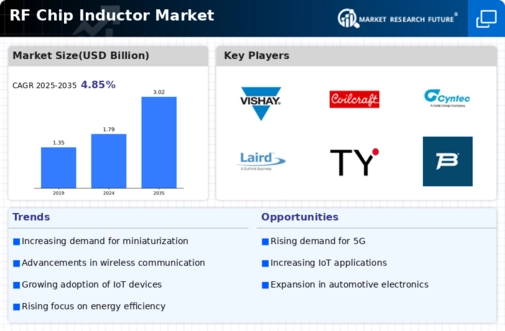

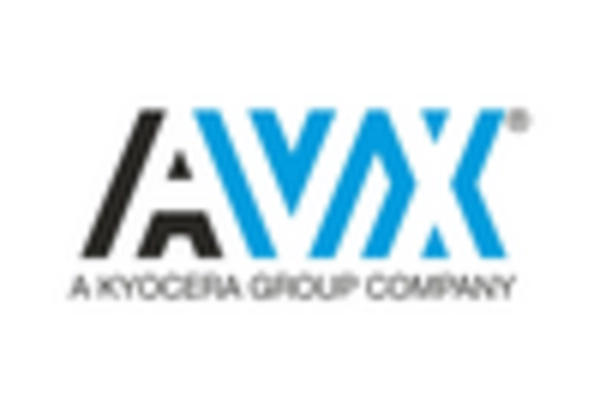
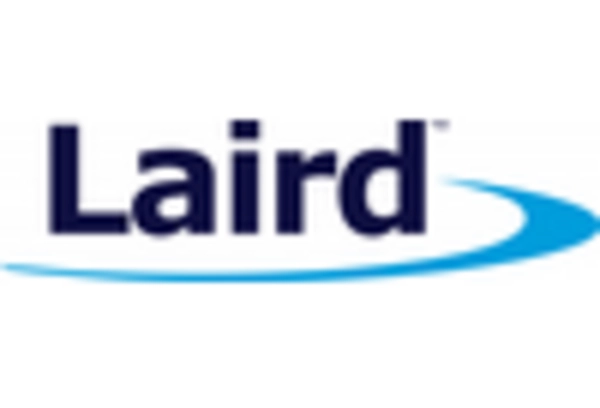
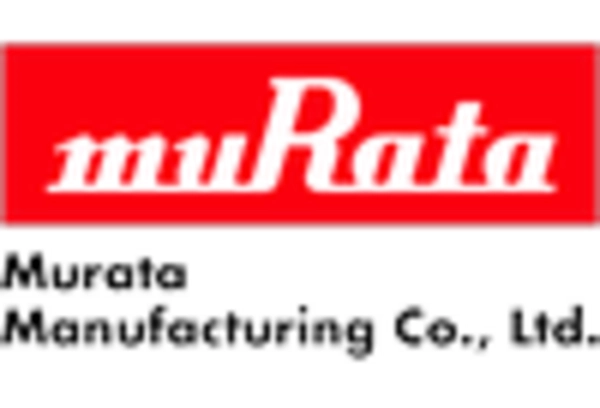

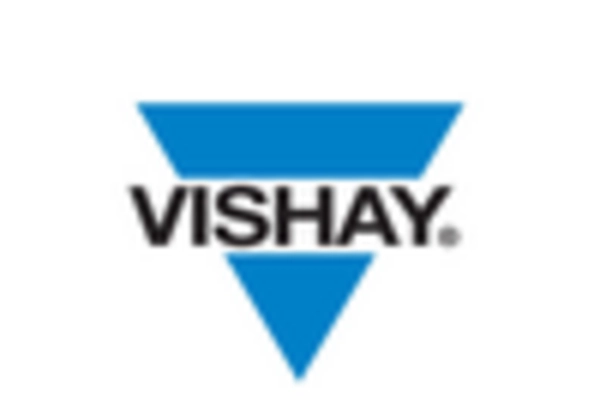









Leave a Comment